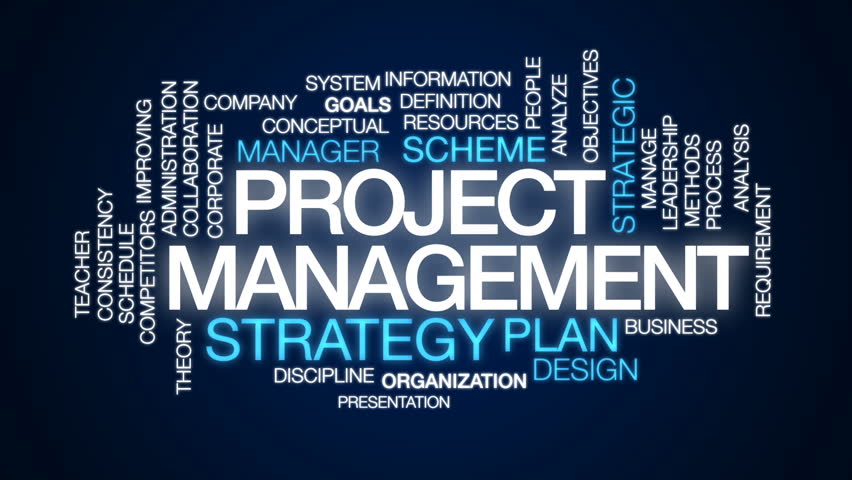Description
Introduction of Agile Idea and Methodology
The Agile Idea and Methodology Great management for great code explores the “why” behind Agile techniques, stripping back encrusted doctrine and jargon to reach Agile’s core principles. By building up an intuition about Agile, you’ll be equipped to choose, modify, and invent the right practices for your projects and teams. You’ll explore the foundational ideas in the Manifesto for Agile Software Development, and build a new understanding of Agile that emphasises critical thinking over formulaic ritual.
Agile project management has a twenty-year track record of guiding software projects to completion. Unfortunately, when Agile methods like Scrum and SAFe are practiced without a deep understanding of their underlying principles, you end up with failed projects, disenchanted developers, and teams that are isolated from the rest of the company. The Agile Idea illuminates the core concepts that make Agile work so you can be an effective manager for software development.
Prerequisites
- Basic understanding of project management and software development processes.
- Familiarity with concepts of team collaboration and iterative workflows.
- Access to Agile tools or platforms (such as JIRA or Trello) to apply Agile principles.
- Willingness to adapt to a continuous learning and feedback-driven environment.
TABLE OF CONTENT
- 1.Understanding Agile Fundamentals
1.1 Origin and Evolution of Agile
1.2 Agile Principles and Manifesto
1.3 Key Benefits and Advantages of Agile - 2.Core Agile Methodologies
2.1 Scrum: Roles, Events, and Artifacts
2.2 Kanban: Visual Workflow and Continuous Delivery
2.3 Lean: Maximizing Value and Minimizing Waste
2.4 Extreme Programming (XP): Technical Excellence in Agile - 3.Agile Roles and Responsibilities
3.1 Product Owner: Defining and Prioritizing Goals
3.2 Scrum Master: Facilitating Team Processes
3.3 Development Team: Delivering Quality Increments
3.4 Agile Coach: Supporting Agile Transformation - 4.Agile Processes and Workflows
4.1 Sprint Planning and Iteration Cycles
4.2 Daily Stand-Ups and Progress Tracking
4.3 Backlog Management and Grooming
4.4 Sprint Review and Retrospective - 5.Agile Artifacts and Tools
5.1 Product Backlog and Sprint Backlog
5.2 Burn-Down and Burn-Up Charts
5.3 Definition of Done (DoD) and Acceptance Criteria
5.4 Agile Software and Tools (JIRA, Trello, Asana) - 6.Customer Collaboration and Feedback
6.1 Importance of Continuous Customer Involvement
6.2 Gathering and Integrating Customer Feedback
6.3 Creating a Feedback Loop for Iterative Improvement - 7.Agile Metrics and Performance Tracking
7.1 Velocity and Burndown Rate
7.2 Cycle Time and Lead Time
7.3 Cumulative Flow Diagram (CFD)
7.4 Measuring Success in Agile Projects - 8.Challenges in Agile Implementation
8.1 Common Obstacles and Resistance
8.2 Scaling Agile for Larger Teams
8.3 Balancing Flexibility with Structure
8.4 Managing Stakeholder Expectations - 9.Scaling Agile Beyond Software
9.1 Applying Agile in Non-Technical Teams
9.2 Agile for Marketing, HR, and Operations(Ref: Cloud-Based Marketing Automation in Salesforce (SFMC))
9.3 Benefits of Agile in Organizational Culture
9.4 Real-World Case Studies of Agile Success - 10.Best Practices for Agile Success
10.1 Embracing a Culture of Continuous Improvement
10.2 Promoting Transparent Communication
10.3 Adapting Agile Practices to Team Needs
10.4 Sustaining Agile Mindset Over Time
Conclusion
The Agile Idea and Methodology has revolutionized project management by shifting focus from rigid planning to flexible, iterative development. By prioritizing customer collaboration, adaptive planning, and continuous improvement, Agile empowers teams to respond effectively to change and deliver value incrementally. Embracing Agile principles enables teams to foster innovation, enhance collaboration, and improve project outcomes, making it an invaluable approach in today’s dynamic work environment.







Reviews
There are no reviews yet.